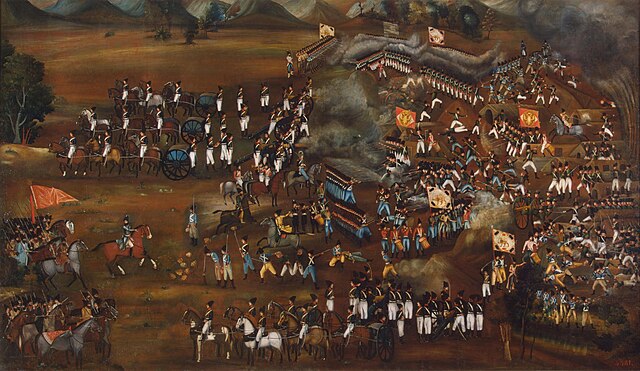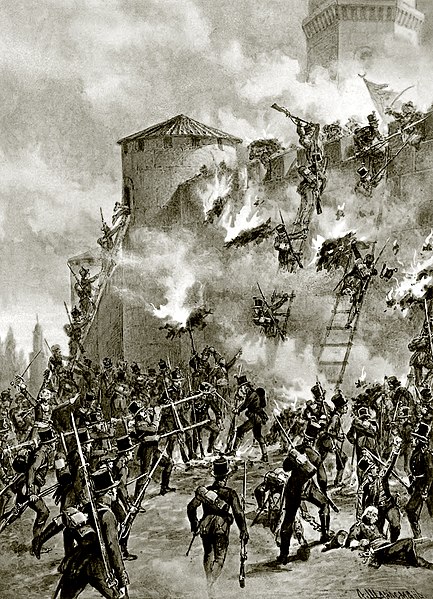Iranian Armenia (1502–1828)
Iranian Armenia (1502–1828) refers to the period of Eastern Armenia during the early modern and late modern era when it was part of the Iranian empire. Armenians have a history of being divided since the time of the Byzantine Empire and the Sassanid Empire, in the early 5th century. While the two sides of Armenia were sometimes reunited, this became a permanent aspect of the Armenian people.
Iranian Armenia XVII-XVIII centuries
Qajar Iran, also referred to as Qajar Persia, the Qajar Empire, Sublime State of Persia, officially the Sublime State of Iran and also known as the Guarded Domains of Iran, was an Iranian state ruled by the Qajar dynasty, which was of Turkic origin, specifically from the Qajar tribe, from 1789 to 1925. The Qajar family took full control of Iran in 1794, deposing Lotf 'Ali Khan, the last Shah of the Zand dynasty, and re-asserted Iranian sovereignty over large parts of the Caucasus. In 1796, Agha Mohammad Khan Qajar seized Mashhad with ease, putting an end to the Afsharid dynasty. He was formally crowned as Shah after his punitive campaign against Iran's Georgian subjects.
Battle of Sultanabad, 13 February 1812. State Hermitage Museum.
Storming of Lankaran, 13 January 1813. Franz Roubaud.
Battle of Ganja, 1826. Franz Roubaud. Part of the collection of the Museum for History, Baku.
A. Sharlmann "Battle of Ganja" during the Russo-Persian War (1804–1813)





